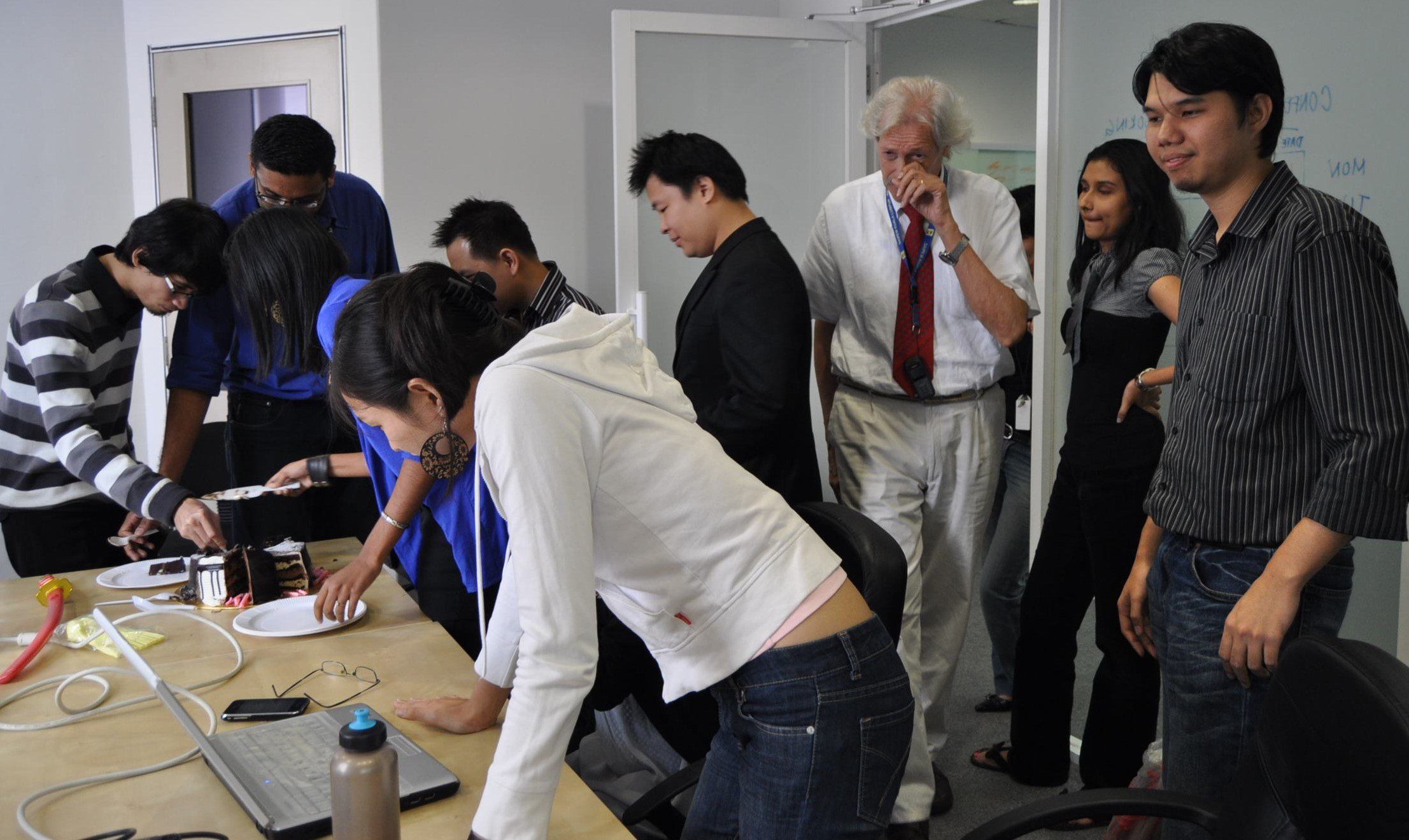4 Steps to Unlocking Leadership Potential

Leaderonomics Archives - Fulfilling Your Potential
Gallup’s research shows that 82% of the time, leaders are promoted or selected for the wrong reasons.[1] They are promoted due to tenure, technical expertise, or good performance in another position. A client I recently worked with was a very good manager. He achieved fantastic results and prided himself on working alongside his team of 16 people to deliver results. He was promoted to a leadership role, leading a global team of 350 people.
Five months into the new role, my client found it very difficult to deliver the business results he was getting through his original team. He had little expertise and experience in the function of this department and was unable to “roll his sleeves up” and work alongside his team as he did in the past. He was concerned his career was derailing despite working hard to gain expertise in this new area of the business. The team’s motivation and respect for him had dropped and so had their business results.
Gallup has found that when workers are disengaged, which means their hearts and minds are not connected with their work or their workplace this leads to reduced productivity, higher absenteeism and presenteeism (turning up to the workplace and doing the minimum work required).[2] If Sam doesn’t change quickly, the impact could be significant for the organisation.
Leadership is about influence and impact not directing and controlling people and resources. To shift from managing to leading requires a lift in your consciousness to have an intentional impact on others. It is about fulfilling your potential and realising it.
As learning and development professionals, we have a critical role to play in helping decision makers understand what makes a successful leader and developing a framework to identify and nurture leadership potential. Our role is to enable every employee fulfil their full potential.
Leadership is influence
Leadership = Strategy + Influence
Source: Image by Gerd Altmann from Pixabay
For a leader to be effective, they must balance strategic competencies with the ability to influence outcomes. Influence is not just about ‘managing up’. It’s about positively impacting your team’s, motivation, morale and influencing the quality, timeliness and cost of the products and services. It’s about influencing your organisation to make the changes to be ahead of the market and influencing the industry or market to grow for the benefit of the wider community.
As we enter the “new next normal” of COVID, where there is little certainty, the ability of leaders to influence outcomes becomes critical. Where the answers are not clear, leaders must ignite the head/heart connection for their teams to lead through this uncertainty.
Most organisations recognise the need for training leaders on strategic competencies but often neglect the need for strong stakeholder engagement skills. Yet the influence part of the leadership equation is absolutely critical. An executive leader can compensate for poor strategic skills by either outsourcing (to consultants) or hiring team members that are strong in these competencies. What they can’t outsource is the ability to engage the hearts and minds of your people (influence them) to deliver challenging targets in an uncertain environment. They can’t outsource the need to strongly influence stakeholders outside the organisation (regulators, market analysts, strategic partners).
4 critical steps to unlocking leadership potential
So, how can we support leadership potential, grow organisational bench strength and lift engagement, productivity and profitability? Here are 4 steps I use, firstly with leaders and then with their teams:
1. Purpose drives performance
A study by psychologist Andrew Steptoe and his team at University College London found that the more meaning and purpose a person had in their lives, the more positive changes they experienced in the following four years. This included physical, social, psychological, emotional and economic prosperity.[3]
Help each leader to identify their purpose for leadership. Why do they choose lead? What gives meaning to their work? This is a key first step to gauge their leadership potential. Compare a person that is motivated by promotion with a person that is driven by personal growth for self and others. Each will drive very different business results.
2. Lead yourself
When the storms of life and leadership come, do you get rocked about or do you capsize? The difference is resilience (adapted from Rick Hanson’s book Resilience). Teaching leaders how to lead their minds, hearts and energy is absolutely essential, not just for their wellbeing but for the productivity, effectiveness and engagement of the teams they lead.
3. Leadership is influence
Providing practical frameworks and tools to enable leaders to influence their teams to achieve the right outcomes. Integrating tools that connect the heads and hearts of their teams as they develop strategy, prepare and implement business plans and as standard operating procedures for the group.
4. Reflect, re-energise and rise
Teach leaders to reflect regularly on their progress. Assessing the past with gratitude will broaden the mind and build new possibilities.[4] From this broader perspective, leaders consider what needs to change in their “thinking, doing and being” to achieve their goals.
Once the executive has started on this path, then it’s time to take her team through the same process as a leadership group. This ensures organisational sustainability for growing leadership potential in uncertain times.
Read: Are you Identifying Leadership Potential Well?
One of the best tools to help you develop to your full potential is necole. Watch this great video below to learn how necole can help you.
Leadership
References:
[1] Gallup https://www.gallup.com/services/182138/state-american-manager.aspx
[2] Employee Engagement (Gallup) - https://news.gallup.com/poll/241649/employee-engagement-rise.aspx
[3] Leading a meaningful life at older ages and its relationship with social engagement, prosperity, health, biology, and time use, A Steptoe and D Fancourt https://www.pnas.org/content/116/4/1207
[4] Positive Emotions Matter - https://www.researchgate.net/publication/232572072_Why_positive_emotions_matter_in_organizations_Lessons_from_the_broaden-and-build_model





